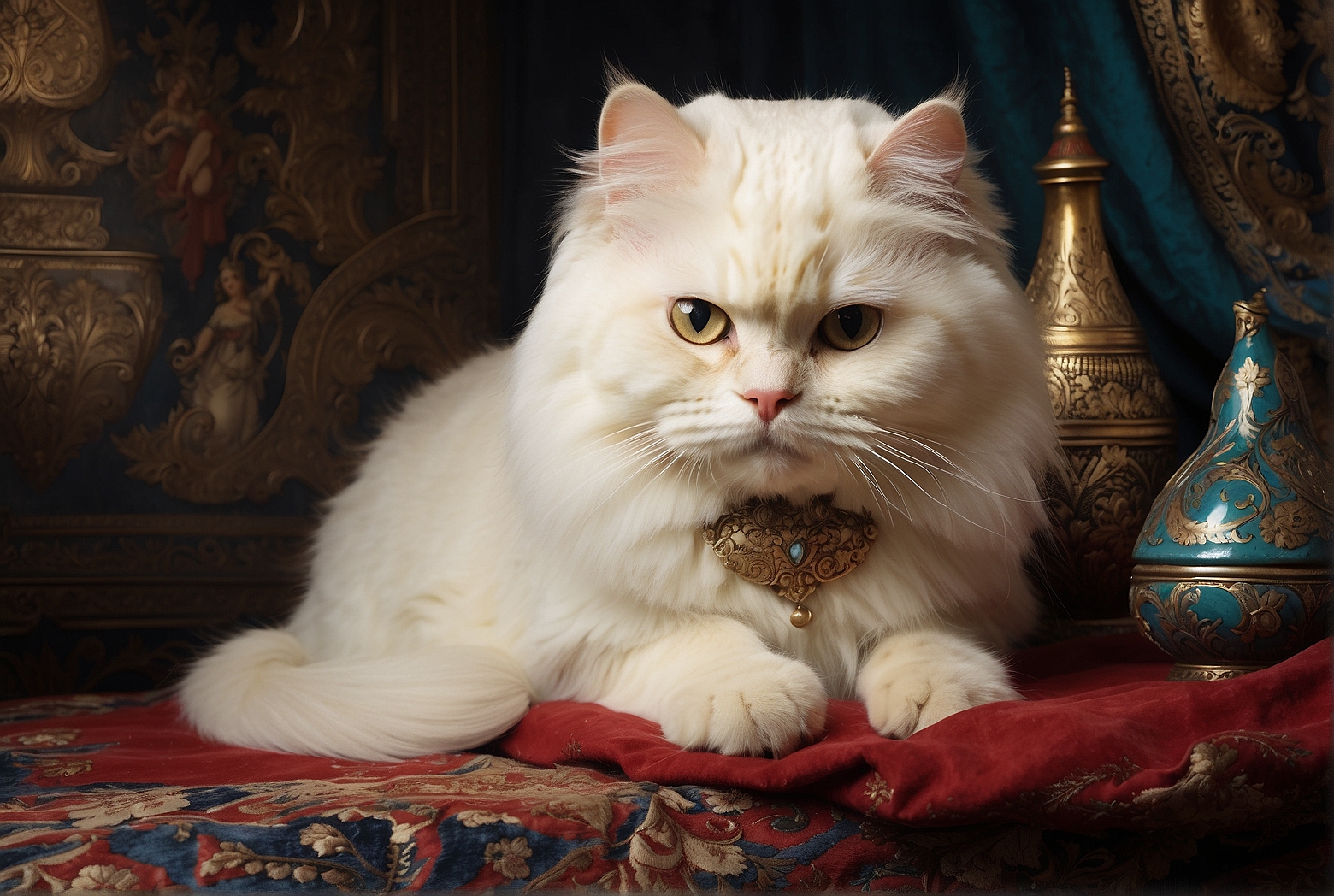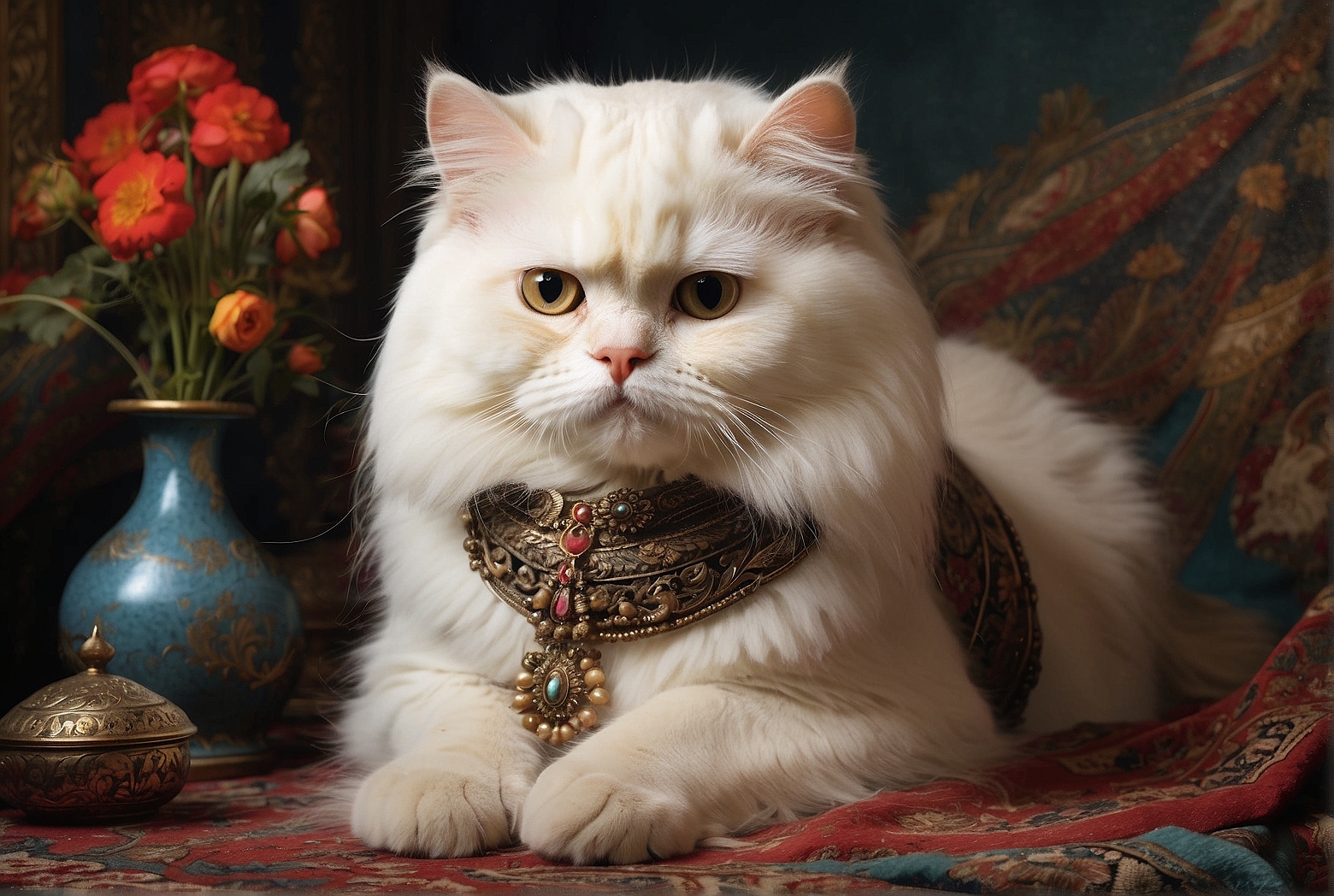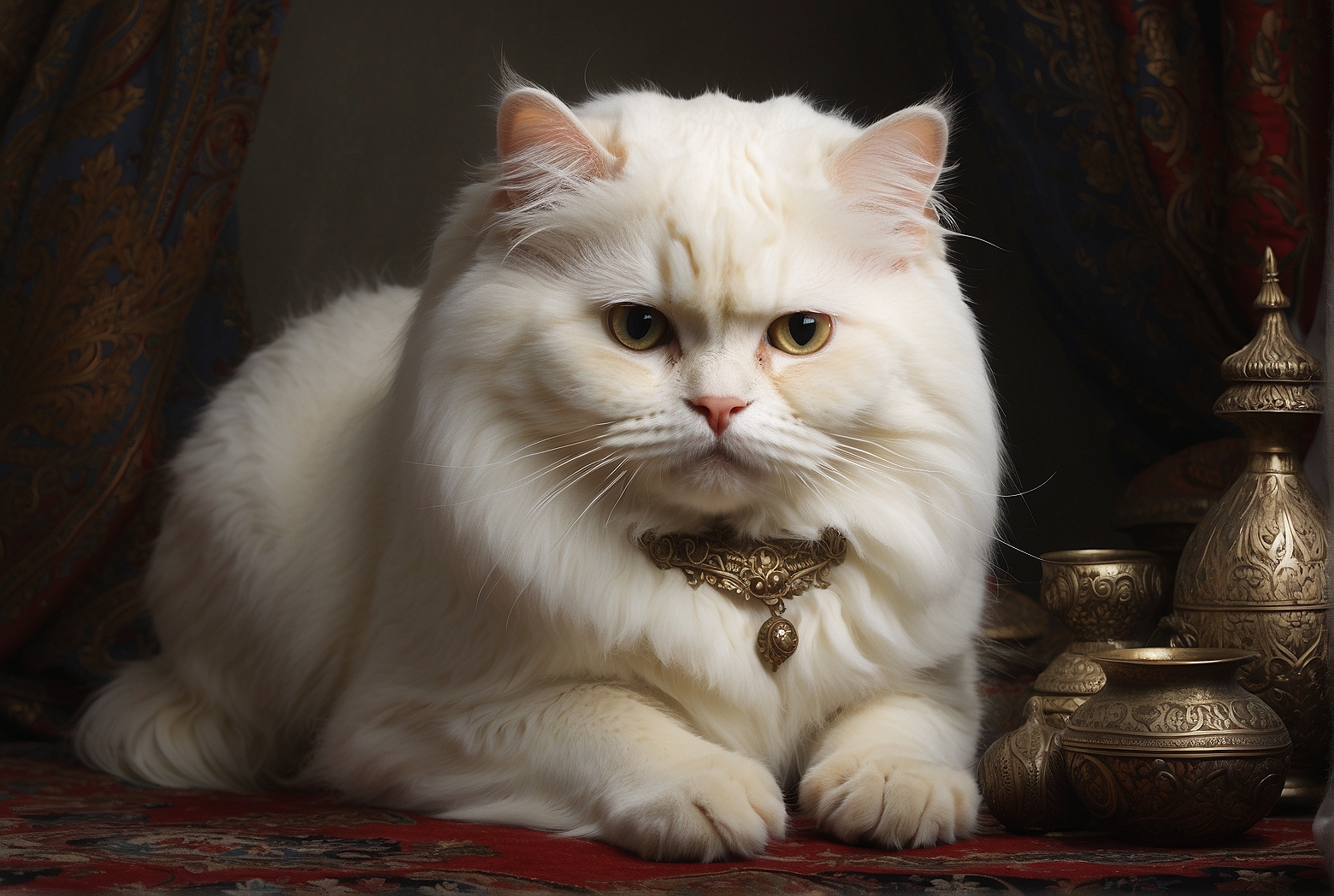Persian cats are known for their luxurious and beautiful long fur, but have you ever wondered if they have an undercoat? Well, the answer is yes, they do! While the glorious top coat of a Persian cat is what catches everyone’s attention, these elegant felines also possess a dense and insulating undercoat that helps keep them warm during cold weather. In this article, we will explore the fascinating world of Persian cats and uncover everything you need to know about their undercoat. So, let’s get started and discover the secrets behind those furry little wonders!
What Is an Undercoat?
Definition
An undercoat refers to the layer of shorter, finer hairs that is usually found beneath the topcoat of a cat’s fur. It is typically denser and softer compared to the outer coat. The purpose of the undercoat is to provide insulation and help regulate body temperature.
Purpose
The undercoat serves various purposes for cats, including protection against cold temperatures. It acts as an additional layer of warmth during winter months by trapping air close to the body. Moreover, the undercoat also helps to repel water, keeping a cat’s skin dry. It assists in providing cushioning and protection by reducing the impact of any external factors on the skin.
The Persian Breed
Overview
The Persian breed is one of the most recognizable and beloved cat breeds in the world. Known for their luxurious, long coats and expressive faces, Persians have captured the hearts of many cat enthusiasts. Originating from Persia (modern-day Iran), these cats have a rich history that dates back centuries.
Physical Characteristics
One of the most distinguishing features of Persians is their thick, long fur. Their coats come in a variety of colors and patterns, ranging from solid colors to tortoiseshell, tabby, and calico. With a plump body, short legs, and a round face, Persians have a distinctive appearance that has become their trademark.
Shedding in Persians
Frequency
While all cats shed to some extent, Persians are notorious for their heavy shedding. Shedding is a natural process for cats to replace old or damaged fur with new hair. However, the frequency of shedding varies from one cat to another. Persians shed throughout the year, but they tend to have two major shedding seasons, typically during spring and fall.

Amount of Shedding
Due to their dense coats, Persians have an abundance of fur. Consequently, they leave behind a substantial amount of hair around the house. This can be a concern for individuals who suffer from allergies or prefer a more hair-free environment. However, with proper care and grooming, the amount of shedding can be managed effectively.
Do Persians Have an Undercoat?
Expert Opinions
The presence of an undercoat in Persians is a topic of debate among cat experts and breed enthusiasts. While some argue that Persians do not have an undercoat, others believe that they possess a minimal undercoat. It is commonly agreed upon that Persians have a single coat, consisting of long guard hairs, rather than a distinct double coat like many other cat breeds.
The Role of Undercoat in Shedding
The absence of a pronounced undercoat in Persians may contribute to their heavier shedding. Without a dense underlayer to hold the shedded hairs, the loose fur is more likely to fall out and be found throughout the home. This shedding pattern emphasizes the importance of regular grooming to manage and minimize the accumulation of loose hair.
Maintaining a Persian’s Coat
Brushing and Grooming
To keep a Persian’s coat in top condition and prevent excessive shedding, regular brushing and grooming are crucial. The long, silky fur of Persians is prone to matting, tangling, and clumping, which can be uncomfortable for the cat and difficult to remove. Brushing their fur daily or at least a few times a week helps to prevent tangles and removes loose hair, reducing the amount of shedding.
Bathing
While Persians do not require frequent baths like some other breeds, occasional bathing can help manage shedding. Bathing can help remove loose hair and prevent it from spreading throughout the home. Additionally, it keeps the coat clean and reduces the chances of skin issues, such as dandruff or dryness, which can contribute to excessive shedding.
Trimming
Trimming a Persian’s fur, especially around the rear end and the belly, can aid in reducing shedding. These areas are prone to collecting debris, which can become entangled in the fur and contribute to shedding. By keeping the fur in these areas shorter, it is easier to maintain cleanliness and minimize shedding.

Tips for Dealing with Shedding
Regular Grooming
Consistency is key when it comes to managing shedding in Persians. By establishing a routine and sticking to it, you can stay on top of grooming and significantly reduce the amount of loose hair around your home. Set aside specific times for brushing and grooming to make it a positive experience for both you and your cat.
Using Appropriate Tools
Utilizing the right tools for grooming is essential for controlling shedding in Persians. An appropriate grooming brush, like a wide-toothed metal comb or a slicker brush, can effectively remove loose hair without damaging the coat. Additionally, specialized grooming gloves can help in removing loose fur while giving your cat a gentle massage.
Hairball Prevention
One of the common issues associated with shedding in Persians is the occurrence of hairballs. Regular grooming and brushing assist in reducing the amount of hair that is ingested by your cat during self-grooming. However, using specialized hairball prevention products, such as treats or supplements, can aid in minimizing hairball formation in your cat’s digestive system.
Possible Health Issues Related to Undercoat
Matting
Without proper grooming and attention, the dense fur of Persians can easily become matted. Matting occurs when the shedded hair becomes tangled and forms clumps that are difficult to remove. These mats pull on the skin, causing discomfort and potentially leading to skin irritation or infections.
Skin Problems
Persians are susceptible to various skin issues, such as dryness, dandruff, and dermatitis. Failure to maintain a regular grooming routine can exacerbate these problems, leading to excessive shedding and discomfort for the cat. It is important to provide appropriate moisturizers, shampoos, and treatments to maintain healthy skin and reduce shedding caused by skin conditions.
Respiratory Issues
The long and dense fur of Persians can make them more prone to respiratory issues, particularly when combined with excessive shedding. Shedded hair can become airborne and inhaled by both the cat and its owners, potentially causing allergic reactions or respiratory problems. Regular grooming and a clean environment are essential to minimize the risk of respiratory issues associated with shedding.
Conclusion
While the debate about the presence of an undercoat in Persians continues, it is evident that these majestic cats are prone to shedding due to their luxurious fur and grooming needs. Regular grooming, including brushing, bathing, and trimming, is essential to maintain a Persian’s coat and manage shedding effectively. By following the tips and suggestions provided, you can keep your Persian looking beautiful and minimize the amount of hair left around your home. Remember to monitor your cat for any signs of matting, skin issues, or respiratory problems and seek veterinary assistance if necessary. With proper care and attention, you can provide your Persian with a healthy, comfortable, and manageable coat.
